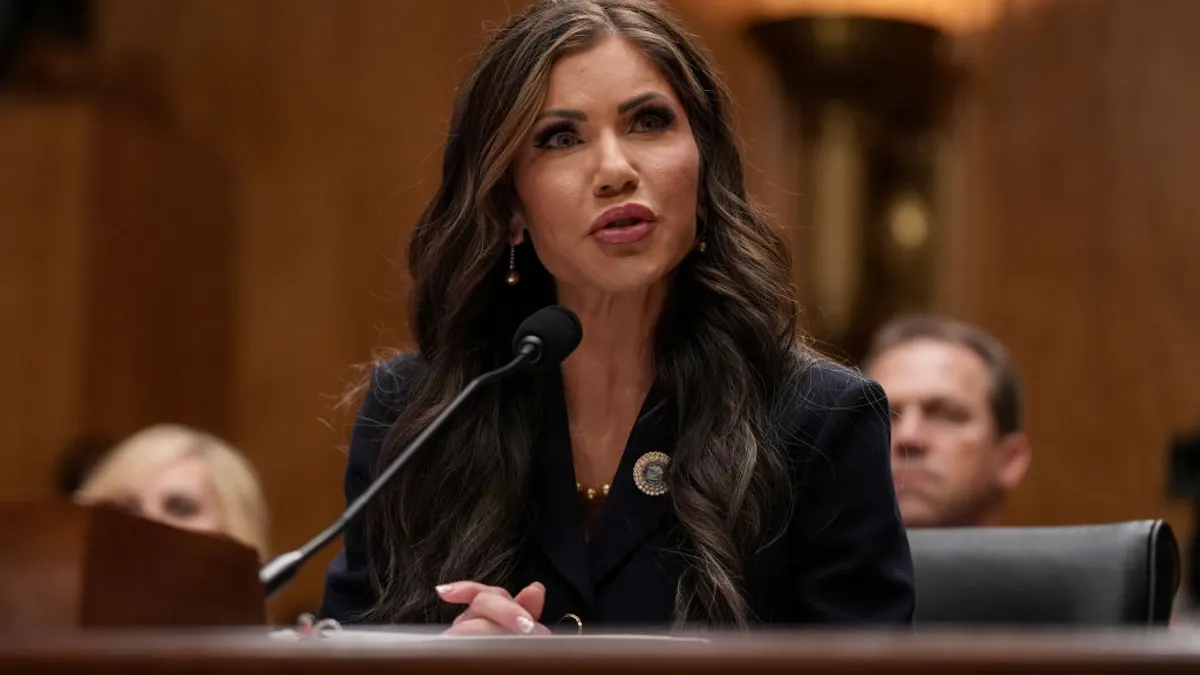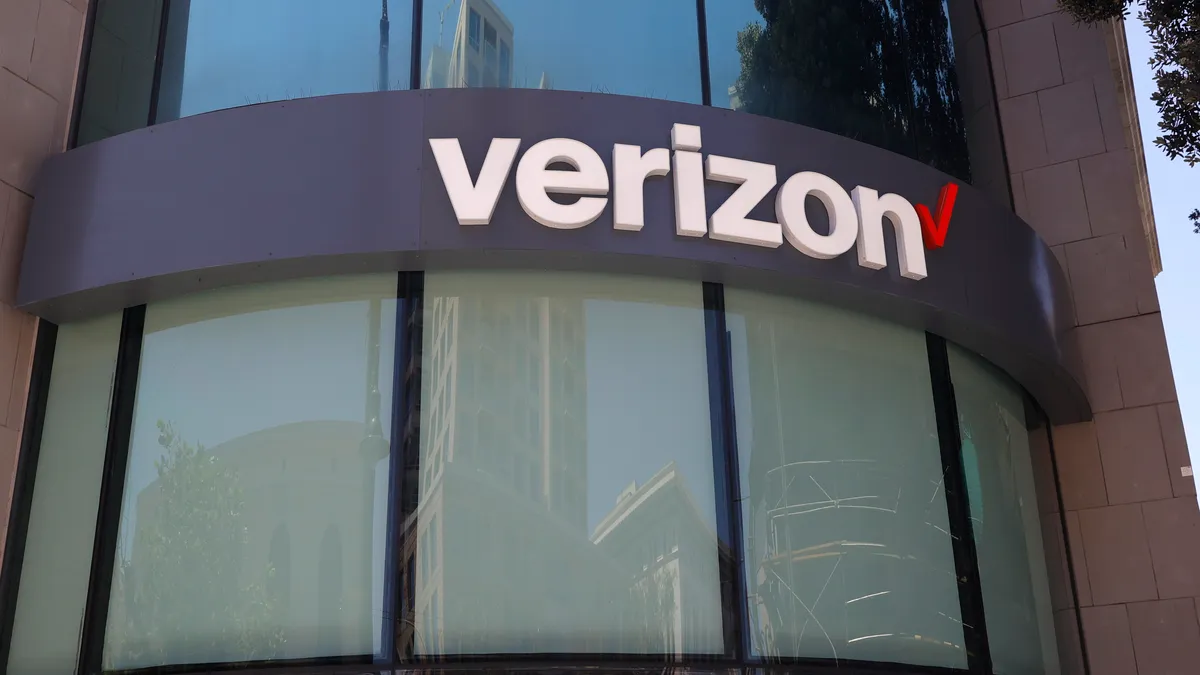Workplace diversity makes good business sense and good people sense.
"Numerous studies show that companies that are more diverse and inclusive perform at a higher level, are more innovative and are more successful at attracting and retaining employees," said Tao Leung, counsel at Hogan Lovells, speaking to HR Dive via email. "As such, it is important to not only have effective diversity and inclusion plans, but to implement them in such a way as to not violate various employment laws."
Many companies, however, have inadvertent gaps in their diversity and inclusion efforts. Employers often fall short in their forms — particularly when it comes to options for gender non-conforming applicants and employees.
How forms fail from an inclusion perspective
"Many employment forms ask the applicant or employee to designate whether they are male or female. For individuals who are non-binary, this doesn't give them an option to check," said Chai Feldblum, a partner at Morgan Lewis and former commissioner of the U.S. Equal Employment Opportunity Commission.
"Standard forms often reflect binary gender categories of 'man' and 'woman,'" noted Janine Yancey, founder and CEO of Emtrain, in an email. "For example, forms for employee benefits and payroll often request gender identification and do not allow for gender fluidity, which can unintentionally convey the wrong message about the employer and its commitment to inclusion."
Legal considerations come into play, too. Attorney Marissa Mastroianni, an associate at Cole Schotz, noted that in some jurisdictions, "you can't force an employee to identify their gender." And some jurisdictions specifically protect nonbinary individuals.
Work with vendors — or go custom
Many progressive employers want all of their forms to be gender-inclusive, said Mastroianni. If an employer is using vendor-provided forms, the answer may be as simple as talking with the vendor.
"Speak to your vendor and ask, 'Can you make these changes?' If yes, great. If not, maybe look for a new vendor, bring the process in-house, or ask counsel to draft new forms," Mastroianni said. She added that, as employment lawyers, she and her colleagues frequently draft forms for clients.
"Presumably, the employer has a contract with the vendor," said Feldblum. "The contract can include a provision that the vendor will ensure that all forms are inclusive for lesbians, gay men and bisexual individuals, for transgender individuals, and for non-binary individuals."
Mastroianni said there's no one-size-fits-all way the forms should read. "Forms are going to start including a lot of choices for employees to self-identify, including non-binary, transgender, a write-in option, or an option not to identify a gender at all."
"The fix is not to add 'other,'" cautioned Feldblum. "I have seen that in some places. The best is to add 'non-binary' as an option."
Additionally, said Yancey, "inclusive gender language refrains from promoting jobs in a way that implies the jobs are geared towards a particular gender."
One important form that cannot be changed
The EEO-1 report is a compliance survey from EEOC that asks companies to categorize their employment data by certain demographic data and job category. It's required for most private employers with 100 or more employees, as well as certain federal contractors with 50 or more employees.
Components 1 and 2 of the EEO-1 form request gender information, Mastroianni said. In a recent FAQ, EEOC said employers can report employee counts and labor hours for non-binary employees in the comments section for Component 2. "This was well-received guidance but still not perfect," said Mastroianni, as it applies only to Component 2 of the EEO-1, which the EEOC has said it won't renew in the future anyway.
"The EEOC should consider changing the form to include non-binary individuals," said Feldblum. Mastroianni concurred, but noted that this may not happen in light of the Trump administration's stance that Title VII does not provide protections on the basis of sexual orientation or transgender status. "The U.S. Supreme Court has certified the issue," said Mastroianni. "Maybe a new case could change what the EEOC does for these forms."
Don't forget about policy substance
"The issues for transgender applicants and employees are less about forms than about systems and benefits" from a substantive perspective, said Feldblum. For example, HR should have a system in place to handle documents with a different listed gender than the applicant is presenting as during the application process. Similarly, she said, employers should have systems in place for employees who transition while on the job, and confirm they provide appropriate coverage under the company health plan for transgender employees.
For simple fixes such as making non-inclusive uses of pronouns inclusive, employers "should contact the vendor to make the fix since it's a relatively easy fix. For issues such as how to avoid a potentially discriminatory benefit plan, they should consult with legal counsel," said Leung.
But the language itself matters, too, especially with evolving workplace demographics. "Social norms are quickly evolving and Gen Z has very different expectations of authenticity and inclusion than prior generations," said Yancey. "As more Gen Zers enter the workforce, it's important to intentionally model inclusive language in all written and published forms and communications."




















